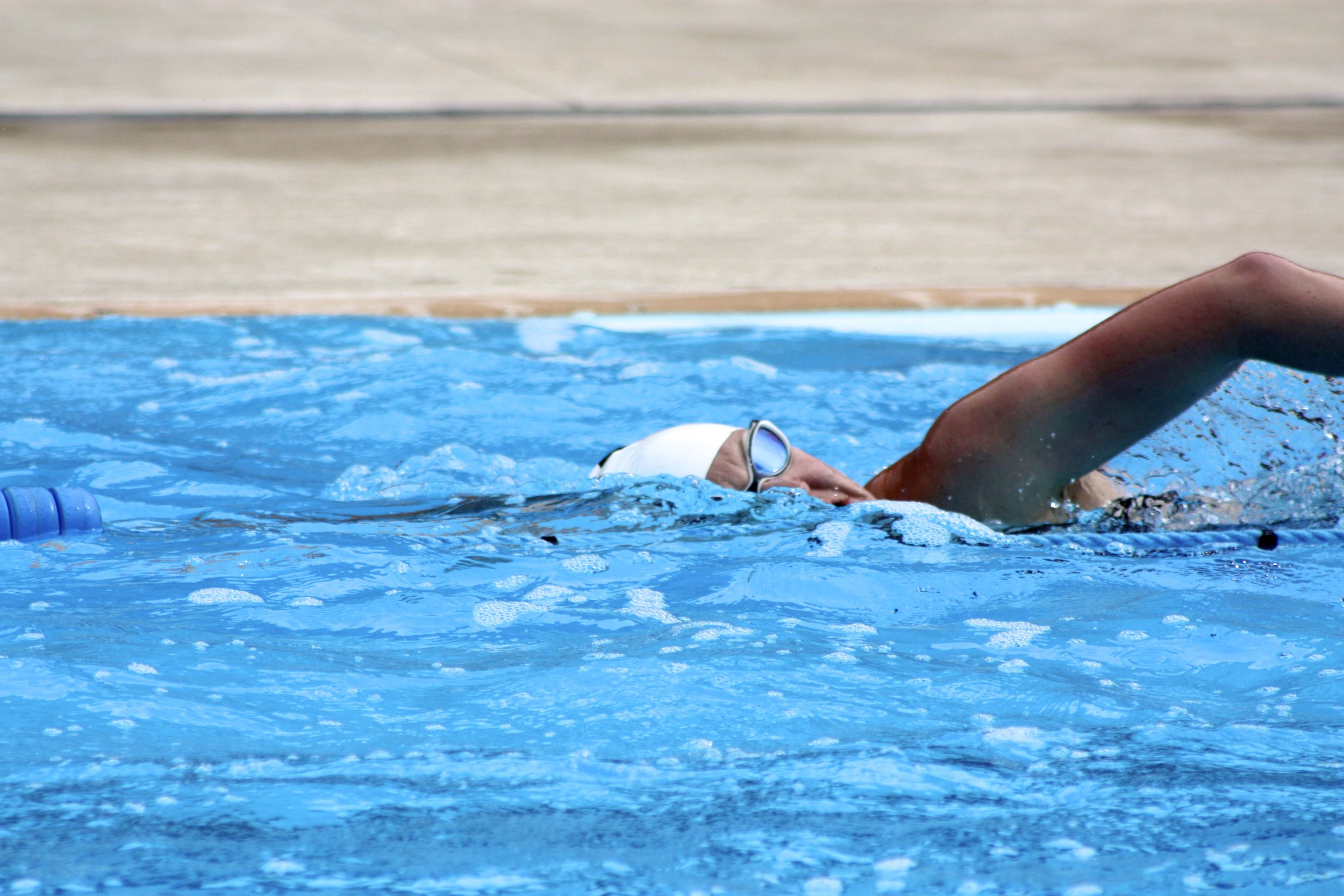
Comprehensive Long Course Triathlon Nutrition Plan
This triathlon-specific plan is designed to meet the unique demands of long-course events such as Ironman and half-Ironman races. By addressing the challenges of fuelling across swim, bike, and run disciplines, it ensures sustained energy and hydration while supporting peak performance. The plan integrates gut training, strategic fuelling, and hydration strategies tailored to the distinct phases of a triathlon, including bike storage solutions, aid station utilisation, and running under fatigue.
Plan Overview
Duration: 12–16 weeks.
Primary Goals:
Adapt the gut to tolerate high CHO and fluid intake (~90–120 g/h during the bike; ~60–90 g/h during the run).
Optimise hydration and electrolyte balance for multiple hours of sustained effort.
Refine race-day strategies, including transitions, on-bike storage, and aid station use.
Enhance resilience to late-stage fatigue during the marathon run.
Phase 1: Baseline Assessment and Initial Adaptation (2–4 Weeks)
Objective: Establish baseline hydration, fuelling, and gut tolerance while introducing triathlon-specific gut training concepts.
Key Actions:
Baseline Testing:
Sweat Rate and Sodium Testing: Conduct a sweat test during a long bike ride and a separate run to estimate fluid and sodium needs.
GSRS Questionnaire: Assess baseline GI symptoms.
VO₂max or Lactate Threshold Testing (if accessible): Determine energy demands at race effort.
Hydration Habits:
Increase daily fluid intake (~3–4 L/day), adding electrolytes to match sweat sodium content (~500–1,000 mg/L).
Initial Gut Training:
Start with ~40–50 g/h CHO during low-intensity bike sessions to introduce fuelling while riding.
Baseline Testing:
GSRS Questionnaire: Assess baseline GI health (e.g., symptoms like bloating, diarrhoea, reflux).
Sweat Rate Test: Conduct a 60-90 minute moderate-intensity session:
Weigh pre- and post-session.
Record fluid intake to calculate sweat rate and determine fluid replacement needs using the precision fuel and hydration spreadsheet.
Phase 2: Progressive Gut and Hydration Training (4–6 Weeks)
Objective: Gradually increase CHO and fluid intake to race-day levels, with a focus on the bike-to-run transition.
Key Actions:
CHO Intake Progression:
Increase CHO intake weekly by ~10–15 g/h during bike sessions, targeting ~90–120 g/h by the end of this phase.
Practise taking ~60–90 g/h CHO during bricks (bike-to-run sessions). We recommend PFH products
Hydration Refinement:
Sip fluids consistently (~750–1,000 mL/hour on the bike; ~500–750 mL/hour during the run).
Include sodium supplementation (~500–1,500 mg/hour as per your personal needs)
Fuelling Variety:
Test semi-solids (e.g., rice cakes, bars) and liquid CHO during the bike. Transition to simpler gels and sports drinks during the run.
Aid Station Strategies:
Practise picking up bottles and refuelling at aid stations during bike rides.
Test handheld bottles or hydration belts for running.
Phase 3: Advanced Simulation and Race Nutrition Refinement (4–6 Weeks)
Objective: Achieve race-day fuelling and hydration targets while training for transitions and fatigue resistance.
Key Actions:
Full Race Simulations:
Practise long swim-bike-run sessions to simulate race nutrition.
Start fuelling immediately on the bike after the swim.
Late-Stage Fatigue Training:
Include race pace running off long bike rides to test gut tolerance during fatigue.
Transition Practice:
Include T1 and T2 setups to refine nutrition timing (e.g., eating on the bike instead of during transition).
Supplementation Testing:
Preload with 400–600 mg nitrate for key bike and run sessions.
Test caffeine dosing during long bike sessions and during the final stages of the run.
Phase 4: Precision Taper and Race Preparation (7–14 Days)
Objective: Maximise glycogen stores, hydration, and mental readiness.
Key Actions:
Carbohydrate Loading:
Consume ~8–10 g/kg/day for 3 days pre-race, focusing on low-fibre, low-fat CHO sources.
Nitric Oxide Loading:
Continue 400–600 mg nitrate/day for 3–5 days pre-race.
Sodium Bicarbonate Dosing:
Test doses of 0.2–0.3 g/kg during training to confirm tolerance. Use a 0.3 g/kg dose 90 minutes pre-race if well-tolerated.
Pre-Race Breakfast:
Consume a CHO-rich, low-fat, low-fibre breakfast ~3 hours before the race (e.g., porridge with honey and banana).
Mental Strategy Finalisation:
Visualise nutrition execution during the swim-bike-run sequence, aid station usage, and dealing with fatigue.
Race Day Execution
Swim:
Fuel with CHO and fluids in the 1–2 hours pre-swim.
Bike:
Target ~90–120 g/h CHO using a mix of solids, semi-solids, and liquids.
Drink ~750–1,000 mL/hour with ~500–1,000 mg sodium/hour.
Run:
Transition to simpler, liquid-based fuelling (~60–90 g/h CHO).
Sip ~500–750 mL/hour fluids, adjusting for environmental conditions.





